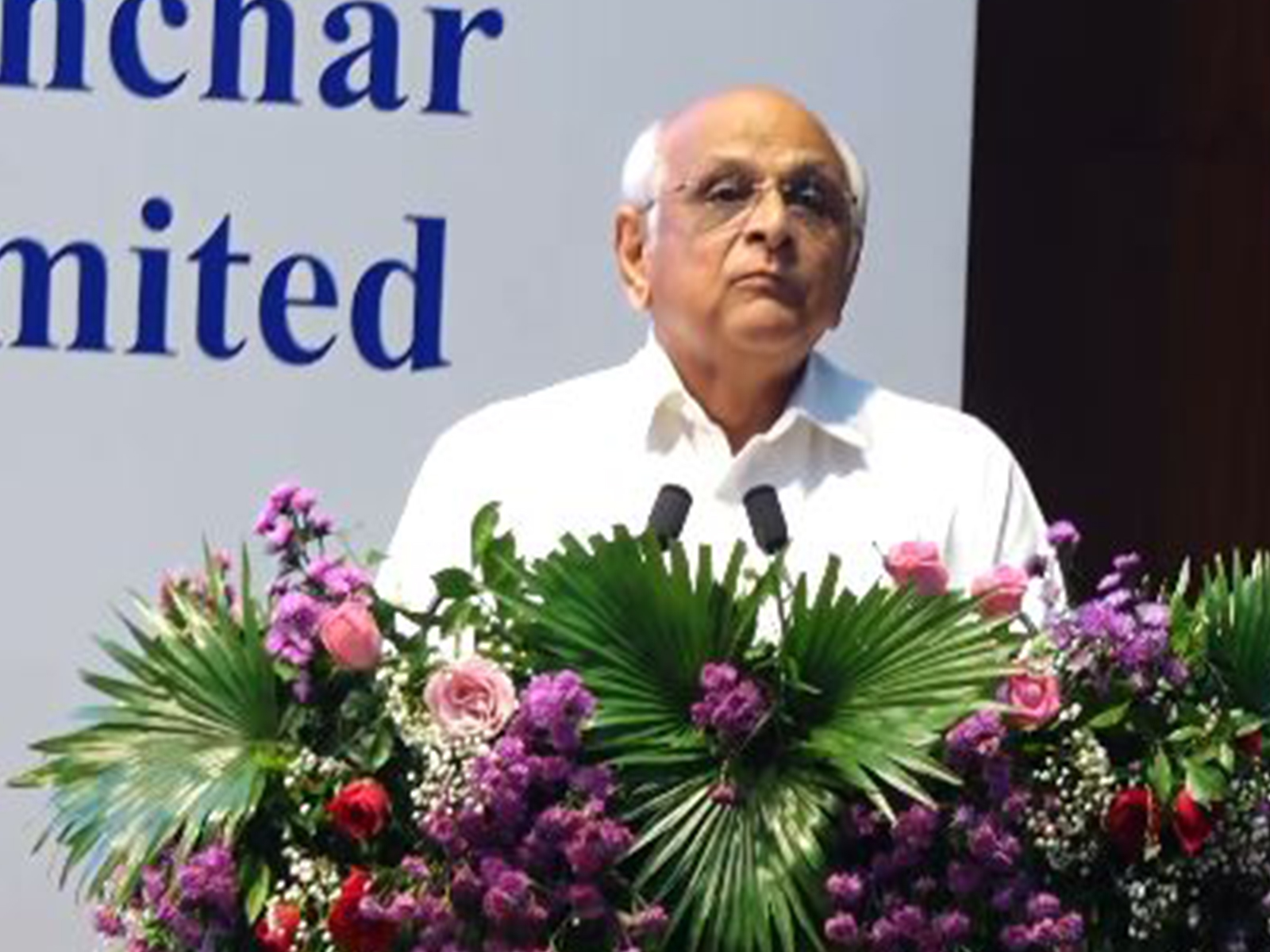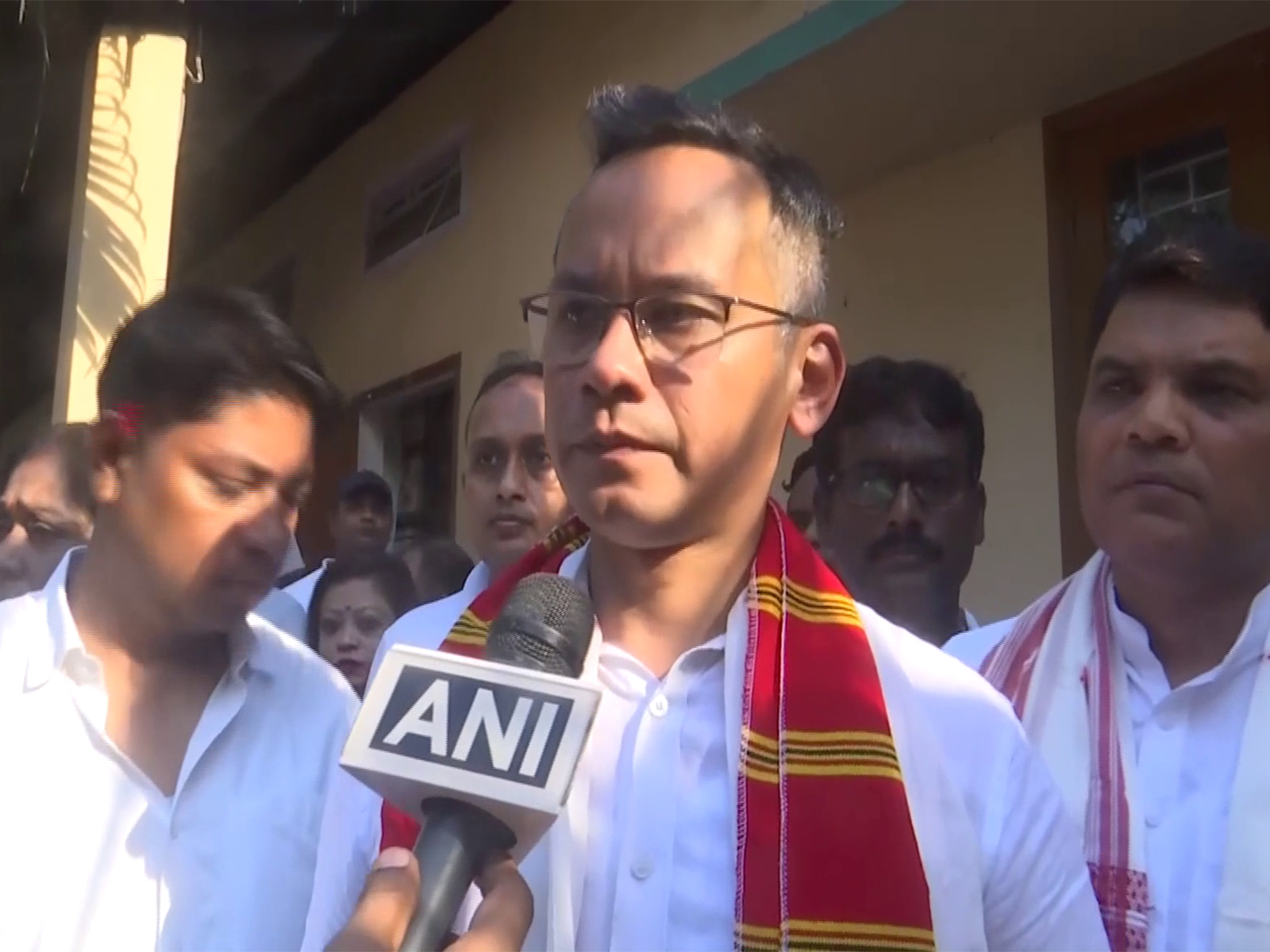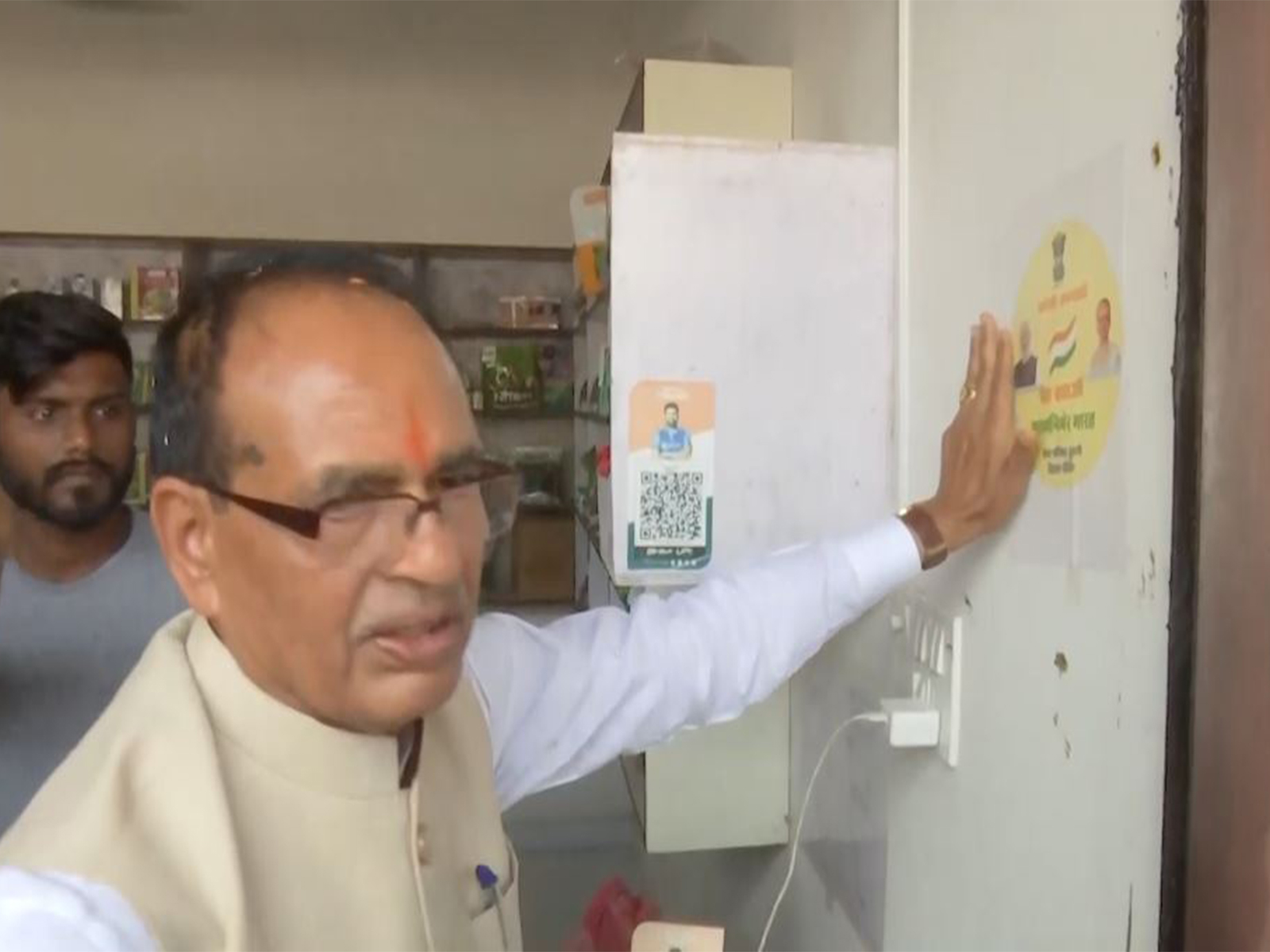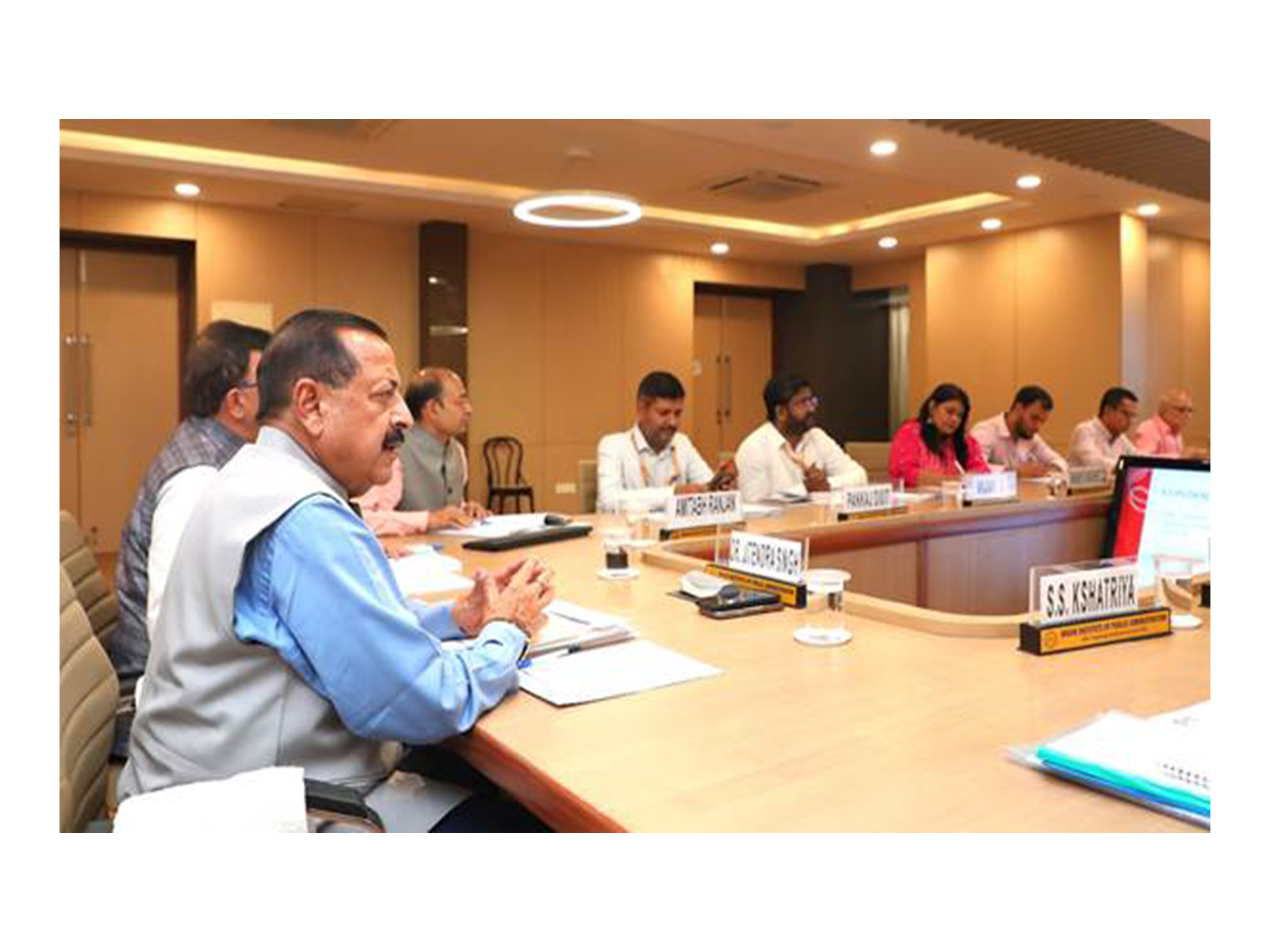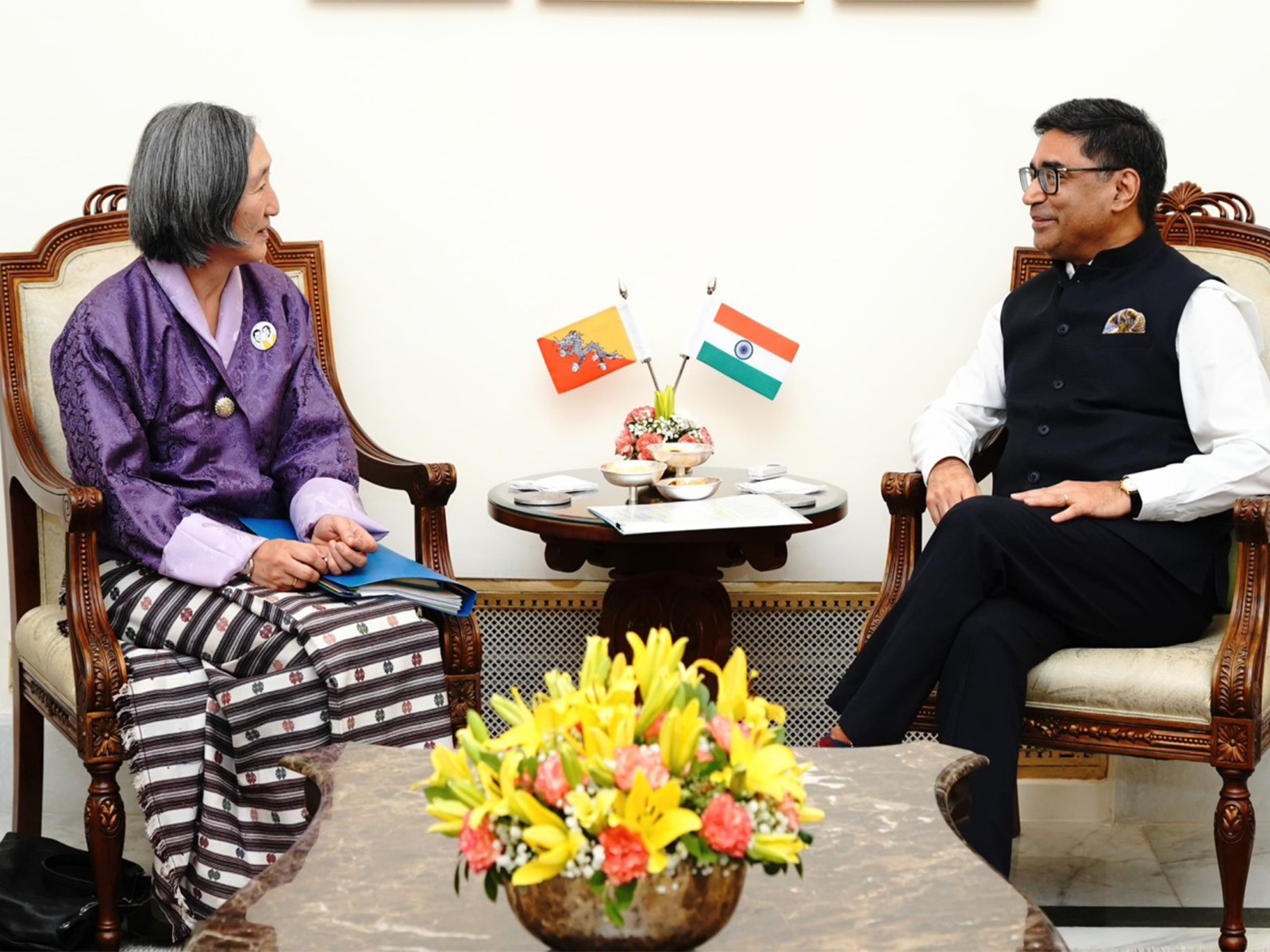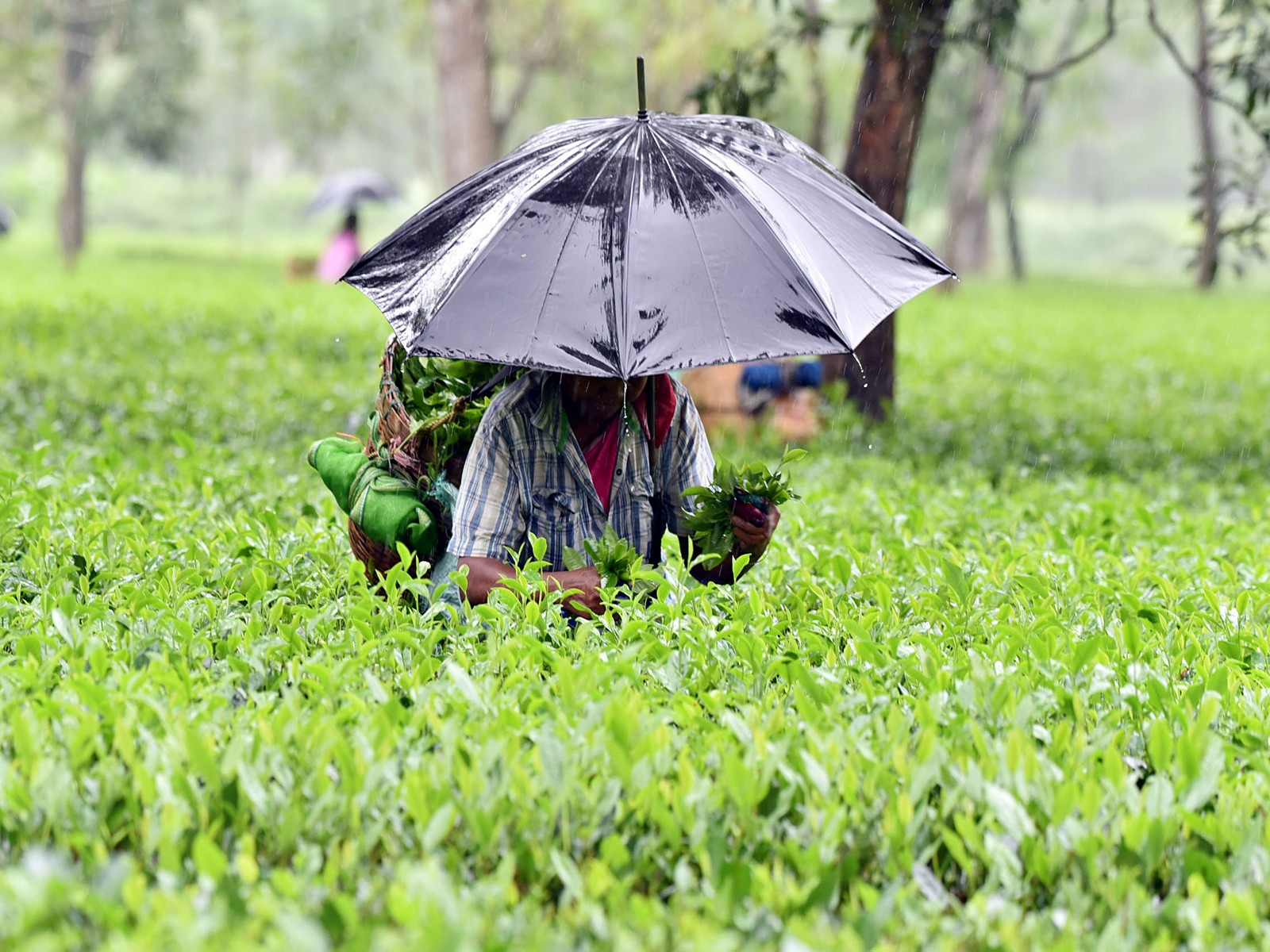
Assam set to benefit from GST reforms across key sectors
Sep 29, 2025
New Delhi [India], September 29 : The recent GST reforms are expected to ripple through various sectors of Assam's economy. The state, renowned for its lush tea gardens, exquisite silks, vibrant handicrafts, and rich biodiversity, is expected to witness significant economic gains, characterised by ease in input costs, improved price competitiveness, and a rise in demand.
According to an official release, tea estates and small growers stand to benefit from lower value-chain costs; handloom and craft cooperatives can price more affordably without burdening artisans' margins; and tourism and hospitality will become more accessible to visitors. Taken together, these shifts will mean steadier orders for entrepreneurs and more stable earnings for workers, artisans, and farmers.
Assam's tea gardens not only produce India's famous brew but also provide employment to many local Assamese communities. The industry employs roughly 6.84 lakh workers, with many families living in estate quarters that provide basic healthcare, rations, and schools.
With tea now taxed at 5% GST, the estimated shelf price reduction is approximately 11%. This reduction in prices is especially encouraging for exports. India shipped 255 million kg of tea in 2024, reaching a 10-year high. Lower costs are expected to sharpen Assam's global competitiveness.
On the domestic side, a major share of Assam's tea passes through the Guwahati Tea Auction Centre, which handles a large fraction of tea bound for Indian markets. Cheaper prices for buyers will result in higher volumes sold, potentially lifting estate revenues and wages of the workers who power this industry.
Assam is also home to GI-tagged speciality orthodox teas. Much of the cultivation and processing in this industry is done by small farmers and estate workers, who supplement their incomes through plucking, factory sorting, and packaging.
As per the release, as of 2021, orthodox and speciality teas account for roughly 11% of the state's annual production. Their primary markets include organised retail chains, premium supermarkets, boutique tea shops, and online platforms, with key exports to Iraq, Iran, and Russia, among other destinations.
For small growers in Upper Assam who produce orthodox teas, the shift to a 5% GST rate is significant. This reduction is expected to bring ~11% cost relief on tea and instant-tea packs, directly easing their cost burden. In addition, lower prices for agricultural inputs, particularly fertilisers, will decrease the overall cost of production. Taken together, the rate change and input savings reduce expenses for these growers.
Tea in Assam is more than an industry; it is a social ecosystem. The GST reforms will not only bring price relief to a country that primarily consumes tea but also support the tea workers in the state.
The muga silk industry of Assam, operating mainly in Sualkuchi (Kamrup), Lakhimpur, Dhemaji, and Jorhat, along with other sericulture clusters across the state, is a legacy carried by women weavers. It provides employment opportunities to weaker sections of society by engaging them in various stages of silk production, such as rearing silkworms, spinning, and weaving. Assam's iconic silk industry contributes 95% of the country's total muga silk production, creating sarees, neck ties, umbrellas, shoes and lamp shades.
The new 5% GST rate will effectively reduce prices by ~6.25% on eligible handloom/handicraft items. This will bring relief to weavers, who can now sell in competitive markets and earn better margins. It will also boost exports, as niche luxury buyers may be more inclined to purchase when prices are marginally lower.
Gamosa is symbolic to Assam's cultural identity. Production is sustained by women-heavy weaver cooperatives and rural households that depend on loom-based supplementary incomes. The industry operates in Sualkuchi and handloom clusters across the state. It serves as a souvenir, ceremonial, and institutional/state gift. This demand extends beyond Assam, with diaspora and overseas craft portal buyers.
The GST on this culturally significant item has been reduced from 12% to 5%, yielding approximately 6.25% savings. For weavers, lower prices make their products more affordable to customers, which will result in increased demand.
It isn't only the famed silks and ceremonial textiles; the entire handloom sector in Assam stands to gain from the GST reforms. In a state with more than 12.83 lakh weavers and about 12.46 lakh looms, the impact is far-reaching. Major markets include domestic sales of mekhela-sador, stoles, etc., through local markets, fairs, and online craft portals.
The new 5% GST rate on handlooms and crafts will benefit Assam Jaapi, Asharikandi terracotta, Mishing handloom, Pani Meteka, and Bihu dhol, among others, across Goalpara/Dhubri, the Majuli/Mishing belts, and Nalbari/Barpeta/Kamrup.
By lightening the tax load, the reforms will help build stronger markets for traditional handlooms and crafts. This can potentially boost incomes and ensure that handmade Assamese textiles remain competitive in an era of factory-made fabrics.
Tourism in Assam is centred on the Kaziranga-Brahmaputra circuits, with Majuli and Pobitora as major draws, and Guwahati serving as a key city for overnight stays.
The sector supports livelihoods for hotel staff, tour guides, boatmen, and transport operators, with strong participation from local youth. Women are active across the value chain as well, managing homestays and food stalls. By 2015-16, tourism accounted for about 6.51 lakh jobs in the state, and this number has only grown since, as Assam attracts more visitors from across India and the world. The state accounted for Rs 21.95 crore in revenue from tourist lodges alone, including visitors from Europe, Asia, the Middle East, and domestic markets, the release stated.
Recent GST reforms have given this sector a timely boost. The tax on hotel rooms with rates up to Rs 7,500 per night has been reduced to 5%, making many mid-range accommodations more affordable and encouraging higher footfall. More footfall means more income for everyone in the chain.
Hospitality essentials such as toiletries, tableware, and packaged water are now at a reduced rate of 5%, and many food items are also taxed at 5%. For tourists, this makes travel tangibly cheaper, and for businesses, it lowers operating costs. Together, these changes make Assam more accessible to visitors while strengthening the financial health of the tourism ecosystem.
Assam's fields and orchards are home to unique crops that carry the stamp of Assam's identity, many of them now protected with Geographical Indication (GI) status. The GST reforms have touched these traditional livelihoods too, mainly by reducing taxes on value-added products made from local crops, thus encouraging farmers to diversify and reach new markets.
The GI-tagged Joha Rice of Assam benefits from the new 5% GST rate, supporting value-added products like mixes and ready-to-cook items. Cultivated across Goalpara, Nalbari, Barpeta, Kamrup, Darrang, Udalguri and other Joha belts, it is grown on relatively marginal lands with lower productivity than other rice types. Markets include ready-mixes, noodles, and baked goods made with rice flour, many of which now attract 5% GST. Key buyers and export destinations include Europe (since 2007), Vietnam, and the Middle East.
The new rates are expected to bring ~6-11% cost reduction, depending on the prior slab. This will make products more affordable for consumers, and the resulting rise in demand will bring higher incomes for farmers.
The GI-tagged Boka Saul/ Chokuwa Saul (Magic Rice) now benefits from a GST cut from 12%/ 18% to 5% on ready-to-cook/ instant mixes. Grown across the lower Brahmaputra valley (Dhubri to Udalguri) and Upper Assam (Tinsukia, Jorhat, etc.), it is cultivated largely by traditional small-plot farmers. Consumption is highly local and cultural and eaten soaked ("instant") during festivals, floods, and by labourers in fields. In Guwahati and other North-East cities, it is mostly available during festive and winter seasons across major departmental stores, including GNRC, SICEDM, and NEDFi House.
The revised GST rates are expected to reduce prices by ~6-11%. This will ease costs for farmers for whom this staple is part of daily life.
The cultivation of Assam's GI-tagged Kaji Nemu (Assam lemon) is concentrated in Nagaon, Sonitpur, Kamrup, Darrang, and Nalbari. Growers are predominantly men with small landholdings. The fruit serves food, beverage, industrial, and medicinal uses. In 2021, about 1,200 kg of fresh Assam lemons were exported from the district of Chirang to London's wholesale markets. This was followed by another 600 kg shipped out in 2022 from Baksa.
With the new GST rate of 5% on juices, pickles, and sauces, these items are expected to bring savings of ~6.25-11% for consumers. This will increase the demand for Kaji nemu, and as farmers sell higher volumes, this will bring better earnings.
GI-tagged Tezpur Litchi, cultivated in Sonitpur (Tezpur and surrounding areas), benefits from a GST reduction on pulp, jam, and jelly from 12% to 5%. The industry relies on orchard labourers and seasonal migrant workers, with many families supplementing incomes during the fruit harvest. This speciality item reached overseas buyers with its first shipment to the UK in 2022.
With processed products now taxed at 5%, prices can ease for consumers while improving margins for local producers. Overall, the revised rate implies an estimated cost reduction of roughly 6.25% for these products.
For the people of Assam, the GST reforms are expected to bring meaningful changes seeping into daily life. Lower taxes can increase demand and encourage spending. For Assam's artisans, weavers, farmers & and estate workers, this will mean increased income and a steady livelihood.
Taken together, these shifts will provide a gentle push to Assam's economy, empowering traditional industries, boosting exports of niche products, and attracting travellers to the state's natural and cultural riches.





